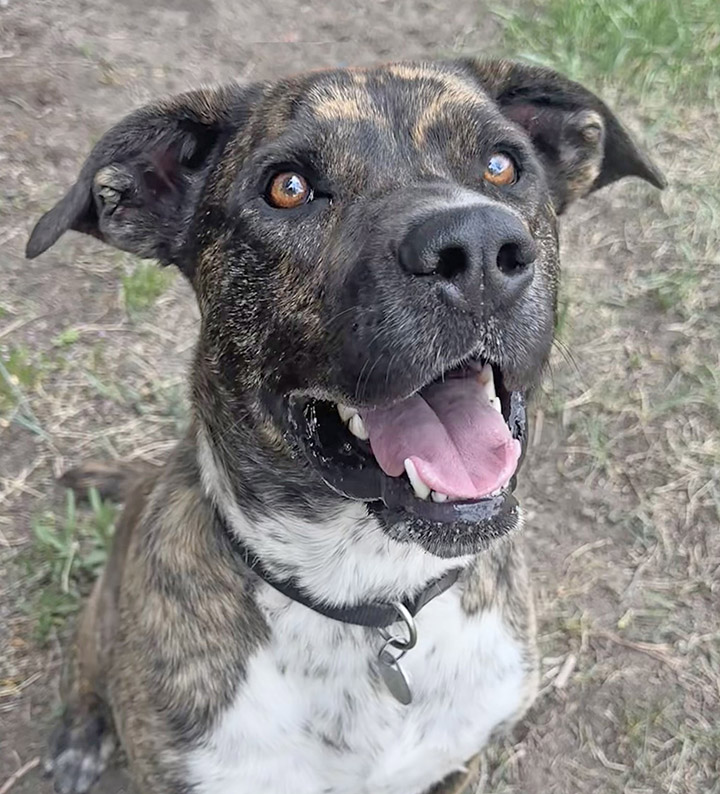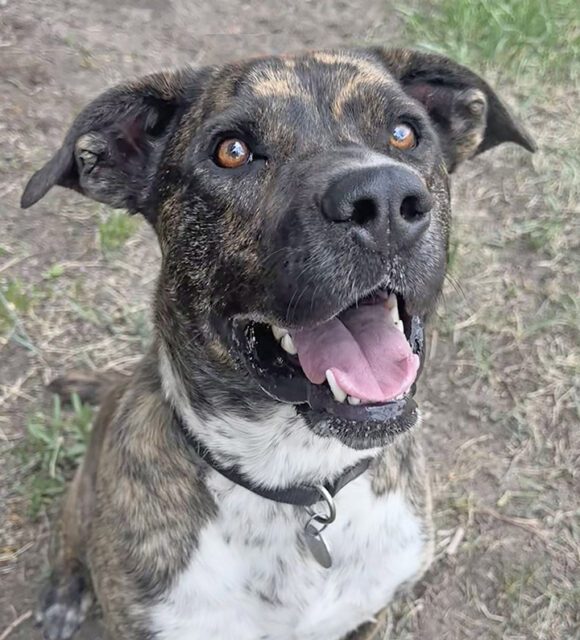
21 May Second Chance: Your Dog Can’t Stand to be Alone!
Since 1994, the Animal Resource Center and the Shops of Second Chance Humane Society have been dedicated to serving animals in Southwestern Colorado. Adoption hours are every day from 11 a.m. to 5:30 p.m. The facility is located at 177 County Rd 10, Ridgway, CO. View shelter pets and services online at secondchancehumane.org.
View shelter pets and services online at www.secondchancehumane.org.
“Connecting Pets, People, and Community While Saving Lives.”
View shelter pets and services online: www.adoptmountainpets.org.
Donate here or mail to: PO Box 2096, Ridgway, CO, 81432.
Second Chance is fundraising for its emergency vet fund, and to cover a recent emergency surgery for one of our resident dogs. Click here to help out.
Go here for more about Second Chance.
The following column is from Second Chance’s Canine Behavior Library, where we share tips for common training challenges.

We all want our dogs to be loyal and attached to us. But what happens when your dog has separation anxiety and can’t stand to be away from you?
Separation anxiety is a common behavioral issue in dogs, characterized by excessive stress when left alone. Symptoms may include: excessive barking or whining, destructive behavior (chewing, digging, scratching at doors), pacing or restlessness, accidents in the house (defecating, urinating, vomiting), or excessive drooling or panting.
Some dogs are prone to separation anxiety because of a lack of proper socialization as a puppy or previous trauma (abandonment, lack of consistent security). They may struggle with it their whole lives. A previously secure dog can develop anxiety because of changes in routine (new work schedule, moving to a new home, new roommates), over-attachment to owner(s), or loss of a person or another pet.
But you can work with your dog to alleviate anxiety.
Gradual desensitization is a technique that involves leaving your dog alone for short periods, then gradually increasing the duration. Use cues like picking up keys, putting on shoes, and opening/closing the garage door without leaving to start to reduce any negative associations. As your dog starts to desensitize to these cues, reward with gentle and calm praise. Use positive reinforcement by giving a special treat or toy. Stay calm upon departing and returning, creating a relaxed interaction.
In the desensitization process, provide an area for your dog with bedding, toys, and items with your scent (a piece of your clothing or rub your scent on their favorite toy). They need to be in a safe space where they are comfortable; clear of anything the dog could injure themselves with, such as power cords or chemicals. A crate can be helpful if used correctly. Crate training your dog (especially if they have separation anxiety) should be a slow and mindful process. Without proper desensitization, crate use can increase separation anxiety.
Light noise can be comforting when dogs are alone. Play calming music or turn on the TV (YouTube has great videos geared to pets). Pheromone diffusers (such as Adaptil) can be a natural calming aid for dogs. Calming treats or CBD supplements can also be helpful. Make sure your dog gets plenty of exercise before you leave. Use dog puzzles, treat mats, or frozen Kongs to keep your pup busy. Mental stimulation can be as rewarding and draining as physical stimulation. Maintaining a balance between the two is very important.
Get help from a trainer or canine behaviorist if anxiety symptoms persist despite training efforts or your dog exhibits self-harming behaviors (excessive chewing, escape attempts causing injury, refusing to eat). In extreme cases, consult a veterinarian who can prescribe a temporary calming/anxiety medication.

Smokey
Smokey is a young mixed-breed boy who has had a chaotic life. He was given away as a puppy, then ended up in a local shelter. He was recently transferred to us at Second Chance. It’s no wonder this sweet, smart boy has some separation anxiety. He needs stability and love in an adult-only home.
Updates:

Second Chance is excited to partner with our friends at Voyager Youth Programs for Second Saturdays at Second Chance. Youth from 11-18 spend the day helping around the shelter, interacting with dogs and cats, and making a difference. If you know someone who would be interested, there are openings for the summer months.Email kayla@voyageryouth.org.
Their first, Second Saturday was May 10. Everyone did a great job painting the bridge to our memorial garden, transforming it into a Rainbow Bridge. We are announcing changes to the memorial in the coming weeks. This is the first step for the redesigned garden.


Sorry, the comment form is closed at this time.